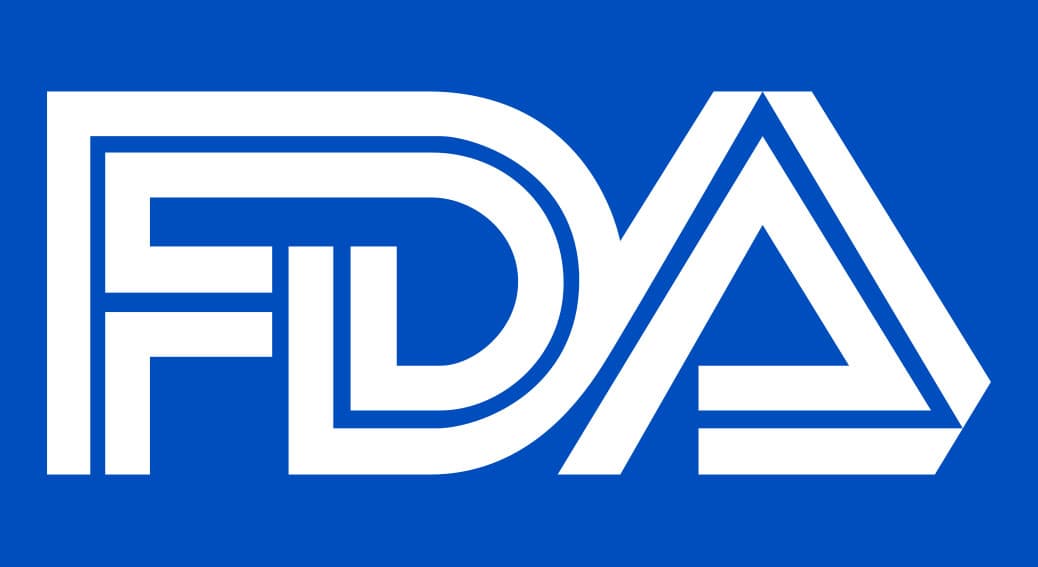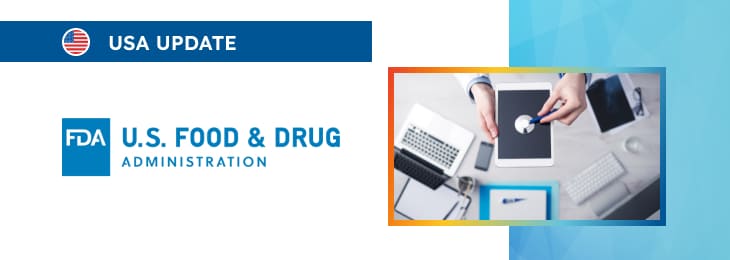The new article provides additional details pertaining to the submission template to be used by the parties interested in applying for marketing permission for medical devices utilizing innovative technologies.

Table of content
The Food and Drug Administration (FDA or the Agency), the US regulating authority in the sphere of healthcare products, has published a guidance document dedicated to the electronic submission template for medical device De Novo requests. The document provides an overview of the applicable regulatory requirements, as well as additional clarifications and recommendations to be taken into consideration by medical device manufacturers and other parties involved in order to ensure compliance.
At the same time, provisions of the guidance are non-binding in their legal nature, nor are they intended to introduce new rules or impose new obligations. Moreover, the authority explicitly states that an alternative approach could be applied, provided such an approach is in line with the existing legal framework and has been agreed with the authority in advance.
Terms and Definitions
In order to assist the parties involved in operations with medical devices with interpreting the provisions of the applicable legislation and following the requirements set forth therein, the document provides definitions of the key terms and concepts used in the context of De Novo requests.
These terms include:
- eCopy: An electronic duplicate of a previously required paper copy submission. While similar to an electronic submission, an eCopy is distinct in that it is merely a digital version of the traditional paper submission and does not meet the full criteria of an electronic submission (eSubmission).
- Electronic Submission (eSubmission): A submission package produced using an electronic submission template, containing all data required for a complete submission. This is the format that the FDA now requires for De Novo requests.
- eSTAR (electronic Submission Template And Resource): This is the FDA’s current electronic submission template. Built as a structured, dynamic PDF, eSTAR guides users through the creation of an eSubmission for De Novo requests. It is the only electronic submission template available for this purpose.
- Electronic Submission Template: A tool designed to help industry professionals prepare submissions by guiding them through the necessary contents and components for the relevant premarket submission type. The template enhances the consistency, quality, and efficiency of the submission and review process.
- Structured Data: Data captured within specific fields, dropdowns, checkboxes, and other guided inputs within the electronic submission template.
- Unstructured Data: Data submitted as attachments to the electronic submission template, which is not directly inputted into the guided fields.

Current Electronic Submission Template Structure, Format, and Use
According to the guidance, the eSTAR template is currently the only available tool to facilitate the preparation of De Novo electronic submissions. It is designed to automate much of the submission process by including a range of features such as integrated databases, targeted questions, and relevant links to regulations and guidance documents.
This structure helps ensure that the submission is comprehensive and adheres closely to the FDA’s “SMART” De Novo review memo template. The eSTAR template supports a largely automated acceptance review process under 21 CFR 860.230.
However, the FDA also implements a virus scanning and technical screening process as part of the acceptance review to ensure that the submission is complete and consistent with the described device. The technical screening process verifies that all required elements, such as attachments for specific questions, are present and correct.
If discrepancies are found during this screening, the De Novo request may be placed on hold until the issues are resolved. The technical screening is intended to occur within 15 calendar days of receiving the De Novo eSTAR submission.
If the eSTAR is incomplete, the FDA will notify the submitter, and the De Novo request will be placed on hold. If the submitter fails to address the issues within 180 days, the submission will be considered withdrawn.
Structure of the Current De Novo Electronic Submission Template
The document further outlines the structure of the template.
As explained by the FDA, the eSTAR template is organized into several key sections, each designed to capture specific information necessary for the review process:
- Submission Type: Captures key details necessary for the initial processing and review of the De Novo request.
- Cover Letter/Letters of Reference: Attachments such as cover letters and documents referencing other submissions.
- Applicant Information: Includes details about the applicant and any correspondents involved.
- Pre-Submission Correspondence & Previous Regulatory Interaction: Information on prior or ongoing submissions related to the device in question.
- Consensus Standards: Identification of voluntary consensus standards used in the submission, both recognized and non-recognized by the FDA.
- Device Description: Detailed information about the device, including its operation, intended use, and any existing alternatives.
- Proposed Indications for Use: A general description of the disease or condition the device is intended to address, including the patient population.
- Classification: Proposed classification of the device as either Class I or II.
- Benefits, Risks, and Mitigation Measures: A summary of the potential risks associated with the device and the proposed measures to mitigate these risks.
- Labeling: Proposed labeling details, which must satisfy specific regulatory requirements.
- Reprocessing, Sterility, Shelf Life, Biocompatibility, Software/Firmware, Cybersecurity/Interoperability, and Performance Testing: Sections designed to capture specific technical and safety details relevant to the device.
- References: Literature references supporting the submission.
- Administrative Documentation: Additional forms and summaries relevant to the submission.
- Amendment/Additional Information (AI) Response: Sections for responding to FDA requests for additional information.
The comprehensive structure of the eSTAR template ensures that all necessary information is included in the submission, allowing the FDA to make informed and timely decisions.
Waivers, Exemptions, and Timing for Electronic Submissions
The FDA has established that all De Novo submissions, including original submissions, supplements, amendments, and any subsequent submissions, must be made as electronic submissions starting from the implementation date of October 1, 2025. This date marks the beginning of mandatory electronic submissions, following a transition period during which eSTAR use is voluntary.
However, certain types of submissions, such as interactive review responses, amendments, and appeals, are exempt from the electronic submission requirements. As of now, the FDA has not identified any specific circumstances where a waiver of the electronic submission requirement would be granted.
Conclusion
During the transition period, submitters are encouraged to use eSTAR voluntarily, but after the implementation date, all De Novo requests must be submitted electronically through the FDA’s designated portals. This structured approach and clear timeline help ensure that the FDA can efficiently process De Novo requests, ultimately facilitating the timely review and approval of medical devices.
How Can RegDesk Help?
RegDesk is an AI-powered Regulatory Information Management System that provides medical device companies with regulatory intelligence for over 120 markets worldwide. It can help you prepare and publish global applications, manage standards, run change assessments, and obtain real-time alerts on regulatory changes through a centralized platform. Global expansion has never been this simple.

